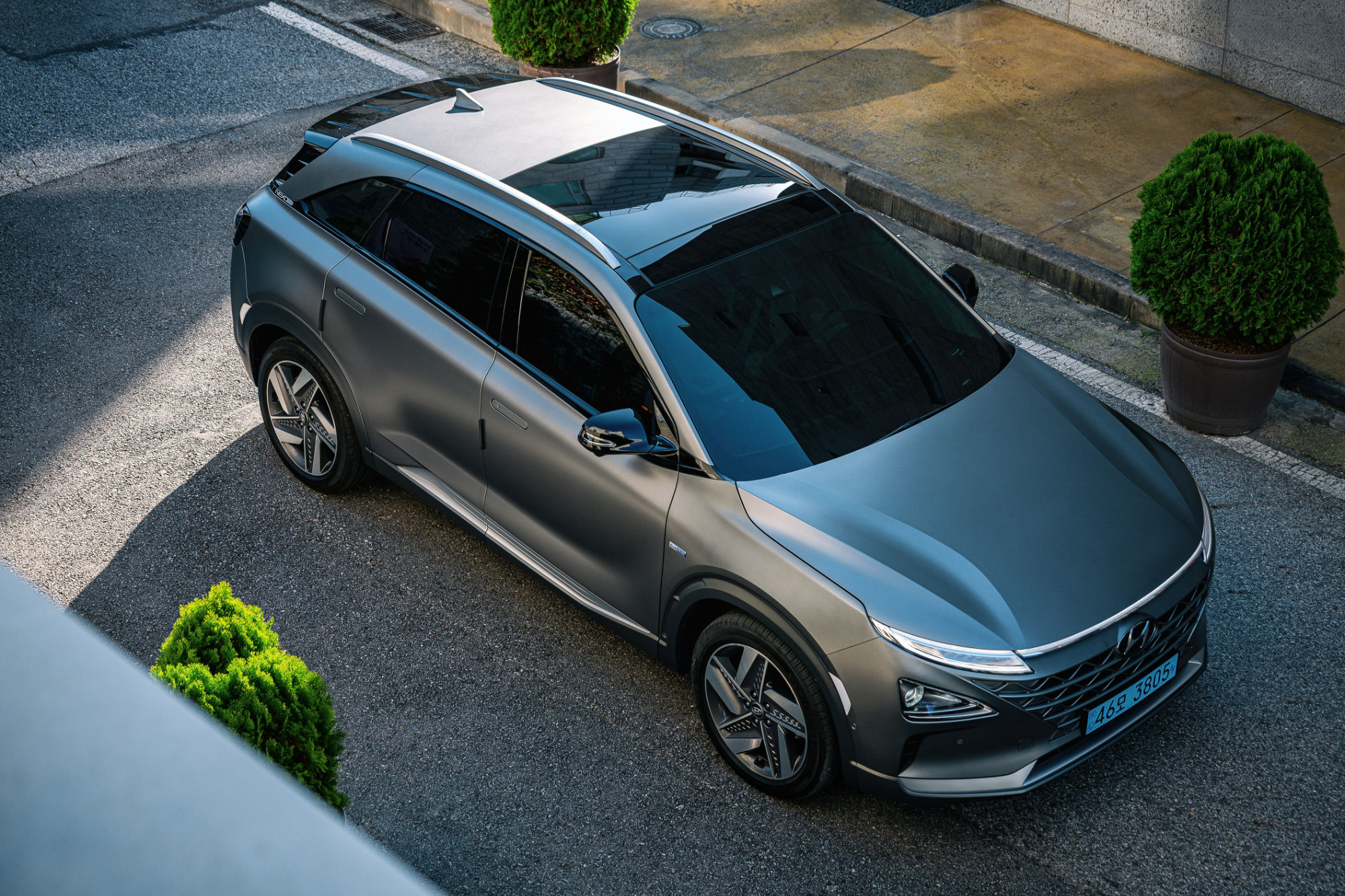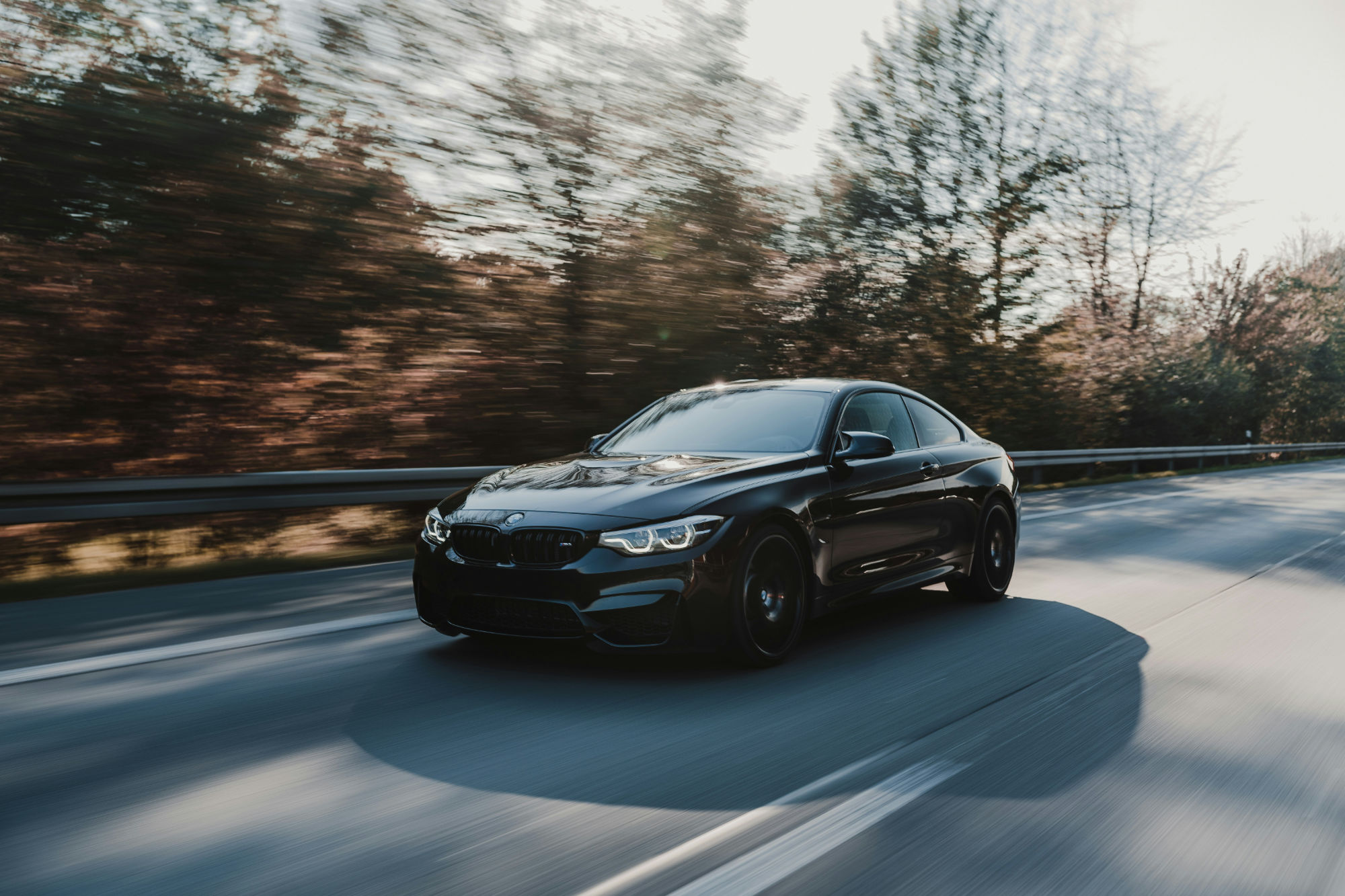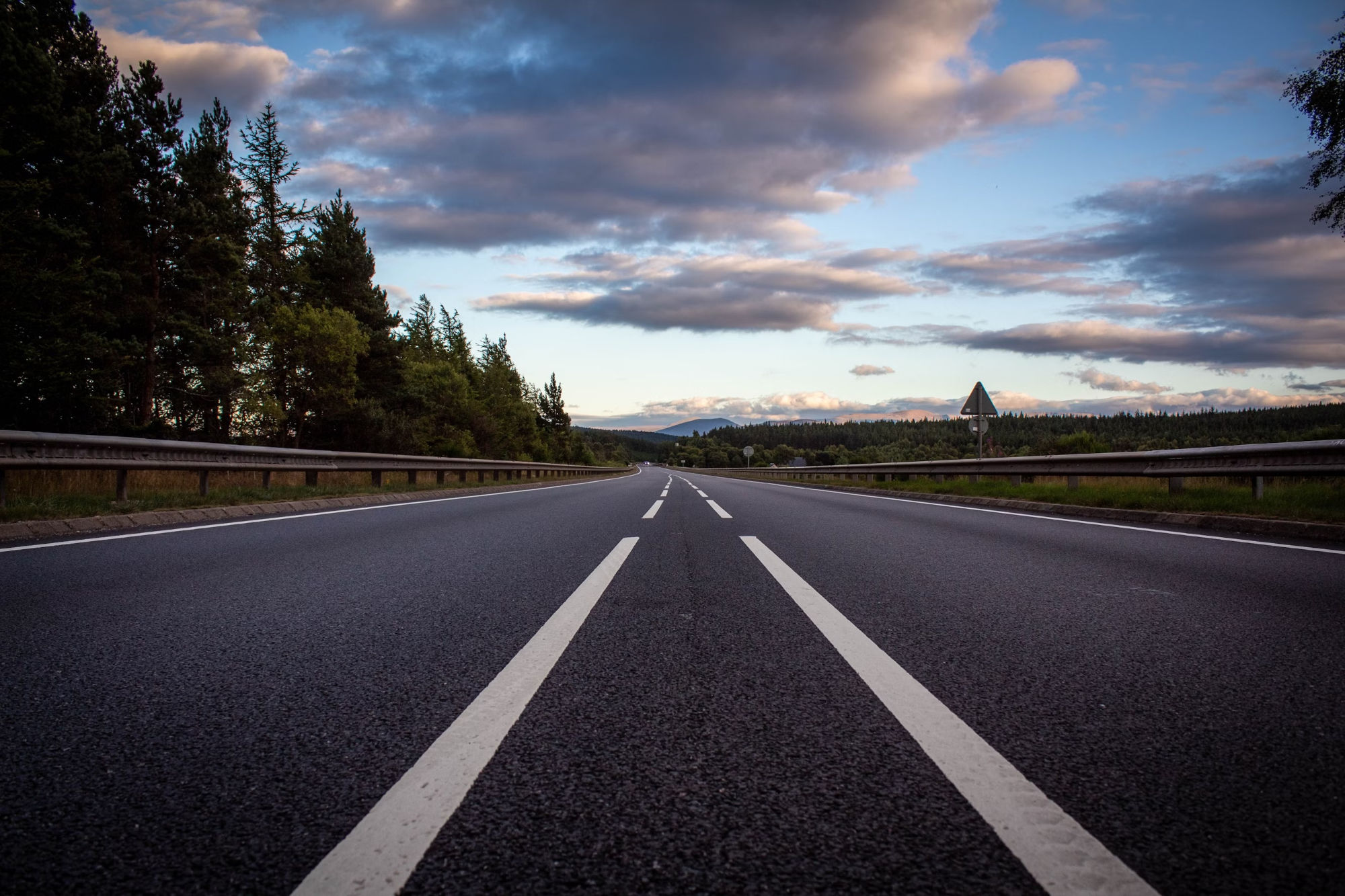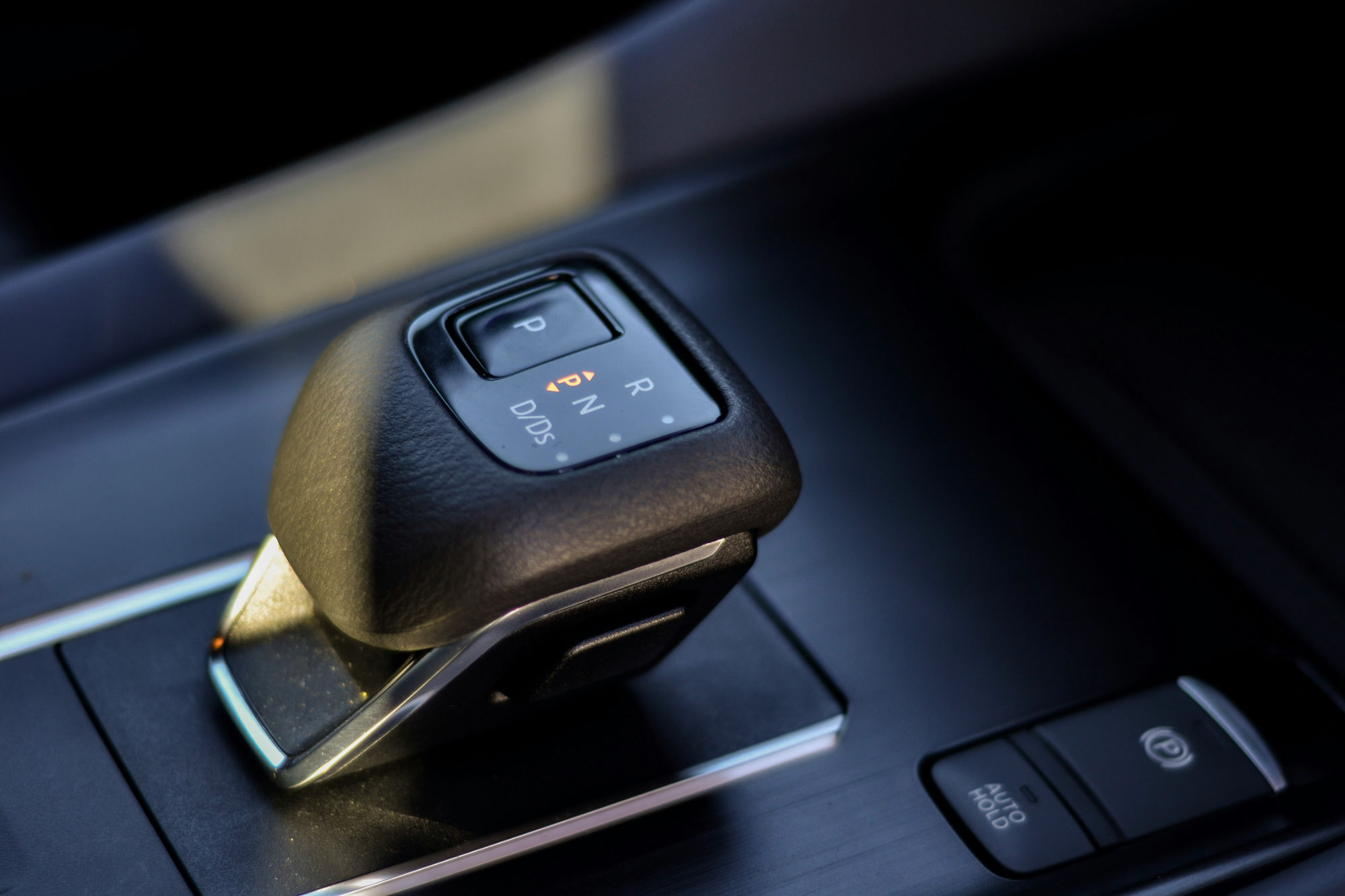Hydrogen Cars in Europe: Where Can You Refuel in 2025?

Hydrogen fuel-cell electric vehicles (FCEVs) have long been seen as a promising solution for zero-emission mobility. They combine the quick refuelling experience of conventional cars with the clean driving profile of electric vehicles. In 2025, hydrogen cars are no longer just futuristic prototypes; they are a real option for early adopters in Europe. Yet one crucial question remains: where can you actually refuel a hydrogen car this year?
The short answer is: in a growing number of places, but coverage is still uneven across the continent. Let’s take a closer look at the European hydrogen refuelling network, country by country, and what drivers can expect in 2025.
The current landscape
By early 2025, Europe had just under 300 public hydrogen refuelling stations in operation. Germany still leads with more than a hundred, followed by France, the Netherlands, and Switzerland. Newcomers like Slovakia and Bulgaria opened their very first public stations, showing that hydrogen mobility is no longer limited to just Western Europe.
Still, the network remains patchy. In some countries, such as the United Kingdom, Spain, and Italy, public access is limited and often tied to pilot projects or fleet use. Northern Europe, particularly Denmark and Sweden, is shifting its focus more toward heavy-duty transport, leaving passenger car coverage uncertain.
Germany: Europe’s backbone
Germany continues to be the strongest market for hydrogen cars. More than a hundred stations are available, many located along major Autobahns and in metropolitan areas like Berlin, Hamburg, Munich, and Frankfurt. For everyday driving, Germany is still the easiest country in Europe to own a hydrogen car.
However, 2025 also brings consolidation. Several stations with low demand for passenger cars are being phased out, as operators increasingly focus on heavy-duty vehicles such as buses and trucks. For drivers, this means that planning routes is more important than ever. While Germany still offers the widest coverage, checking the availability of 700-bar dispensers before heading out is essential.
France: a rising network
France has seen impressive growth in hydrogen infrastructure. By 2025, dozens of stations are available, with strong clusters around Paris, Lyon, and Grenoble. The capital region, in particular, has become a hotspot thanks to taxi fleets and government-backed hydrogen projects.
For private car users, this means that daily life in urban centers is increasingly practical with a hydrogen vehicle. Long-distance trips, such as Paris to Lyon or Grenoble, are also becoming possible, provided you plan ahead. Prices per kilogram are generally in the low to mid-teens, making hydrogen competitive with diesel on a per-kilometer basis, though still more expensive than charging a battery-electric car.
The Netherlands: compact and efficient
The Netherlands punches well above its weight when it comes to hydrogen coverage. Around two dozen public stations are now in operation, mainly concentrated in the Randstad region that includes Amsterdam, Rotterdam, The Hague, and Utrecht.
The compact geography of the Netherlands makes it easier to support daily hydrogen mobility. A driver based in Amsterdam can realistically reach all corners of the country with a hydrogen car, and cross-border trips into Germany or Belgium are manageable with a little planning.
Switzerland: reliable domestic coverage
Switzerland has built a tidy and well-distributed hydrogen network with close to twenty stations. Most are clustered near major cities like Zurich, Basel, and Geneva, as well as key transit routes through the Alps. For local and domestic driving, the network is strong. Drivers crossing into Germany or France also benefit from relatively seamless access to stations across borders.
The Nordics: shifting priorities
Denmark, Sweden, and Norway were once early movers in hydrogen mobility, but in recent years their networks have shifted focus. Several car-focused stations have closed, while new investment has gone into high-capacity refuelling for trucks and buses. This makes it more difficult for private car owners to rely on hydrogen in the Nordics in 2025.
There are still a handful of public 700-bar stations, but coverage is thin and unpredictable. Drivers considering hydrogen cars in this region should be prepared for limitations or seek access to fleet-oriented infrastructure.
The United Kingdom and Ireland: patchy and early-stage
In the United Kingdom, hydrogen infrastructure remains inconsistent. While cities like London, Birmingham, and Aberdeen have hosted pilot projects and fleet operations, the public network for cars is minimal. Plans for multi-fuel truck stops with hydrogen refuelling are underway, but most will not be widely available until the second half of the decade.
Ireland is even further behind, with no reliable public network for passenger cars in 2025. This means that hydrogen mobility here is still limited to early demonstration projects.
Southern and Eastern Europe: first steps
Countries such as Spain, Italy, and Portugal are beginning to invest in hydrogen, but from a small base. Most refuelling is tied to pilot programs or bus depots. For private drivers, everyday usability is not yet a reality.
Meanwhile, Eastern Europe has started to join the hydrogen map. Slovakia and Bulgaria opened their first stations in 2024, signaling the beginning of a gradual rollout. Coverage in these regions will remain sparse for several years but represents a symbolic step forward.
European Union policy: AFIR and the 2030 target
The European Union has set clear rules under the Alternative Fuels Infrastructure Regulation (AFIR). By 2030, hydrogen refuelling stations must be available every 200 kilometers along the main Trans-European Transport Network (TEN-T) corridors, as well as in every major urban node. Each station must offer at least one tonne of hydrogen per day and provide 700-bar refuelling.
For drivers, this means that by the end of the decade, long-distance hydrogen travel across Europe should be possible without the current headaches of patchy coverage. In 2025, however, drivers still need to plan carefully and stick to regions where stations already exist.
Costs and consumption
Hydrogen is sold by the kilogram, and most passenger FCEVs use about 0.8 kilograms per 100 kilometers. Prices vary by country and station, but in 2025 the average cost in Europe falls between 11 and 15 euros per kilogram. That translates to around 9 to 13 euros per 100 kilometers of driving—roughly comparable to running a diesel car, though more expensive than charging a battery-electric vehicle.
Costs should come down as production of renewable, or “green,” hydrogen scales up. For now, prices reflect the limited availability of supply and the high costs of logistics and station operation.
Practical tips for hydrogen car drivers in 2025
Check station availability in real time.
Always confirm that a station is open, operational, and equipped with 700-bar nozzles before heading out.Plan backup options.
Given the limited network, keep at least one or two alternative stations in mind on any longer trip.Budget realistically.
Expect to spend slightly more per kilometer than you would with a battery-electric car, though often less than with petrol.Watch for pressure differences.
Passenger cars require 700-bar hydrogen. Some stations serve only 350-bar for buses and trucks.Cluster living is best.
Owning a hydrogen car is easiest if you live near one of Europe’s strong clusters: western Germany, the Paris region, the Dutch Randstad, or Switzerland.
The road ahead
Hydrogen mobility in Europe is at a crossroads in 2025. The technology works, the stations exist, and the driving experience is smooth and fast. Yet the network is still too limited for mass adoption.
The next few years will be critical. Operators are shifting their focus toward high-capacity sites that serve both cars and trucks, national governments are supporting low-carbon hydrogen production, and the EU’s binding 2030 targets are forcing consistent expansion.
For early adopters, 2025 offers a glimpse of what’s possible: clean long-distance driving without waiting hours to recharge. But it also requires patience, planning, and trust in a network that is still maturing.
Conclusion
Hydrogen cars are no longer science fiction in Europe, but everyday usability depends heavily on where you live. Germany, France, the Netherlands, and Switzerland offer the most practical options for daily use. Elsewhere, the picture ranges from promising to patchy.
If you are an enthusiast willing to plan your routes and accept higher fuel costs, driving a hydrogen car in 2025 can be both feasible and rewarding. For the average driver, the real breakthrough will come closer to 2030, when EU rules ensure a predictable network across the continent.
Until then, think like a pilot: always check your map, know your alternates, and enjoy being at the cutting edge of clean mobility.


